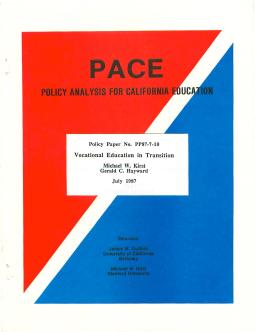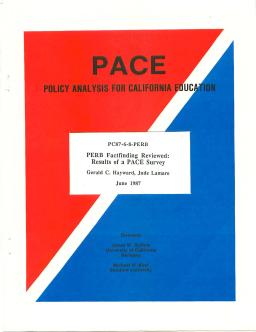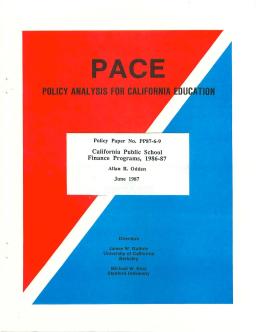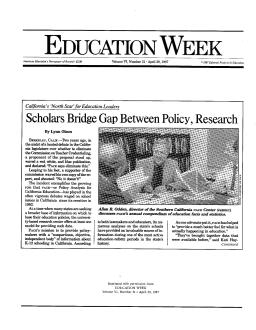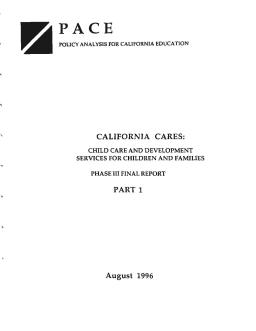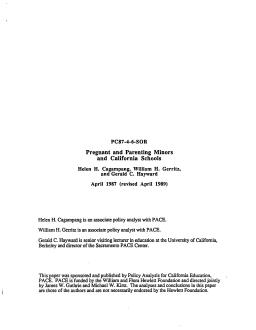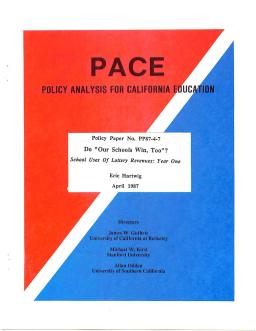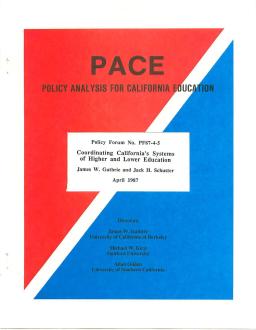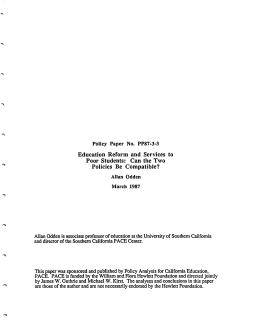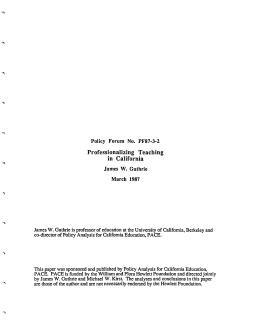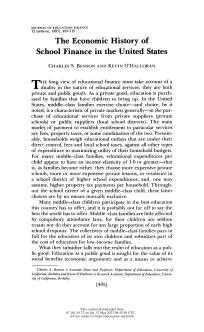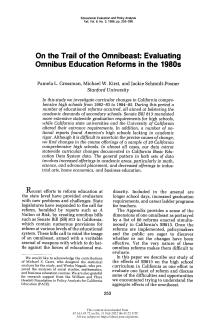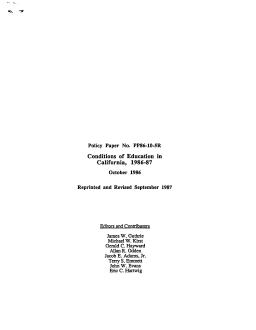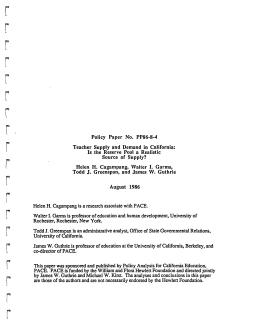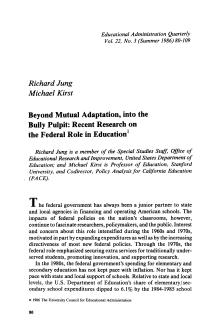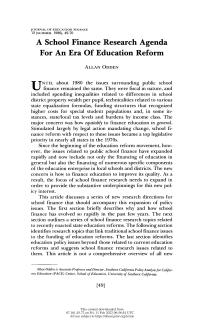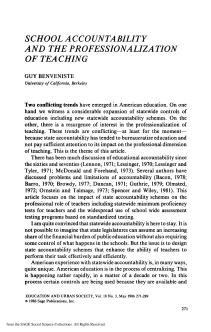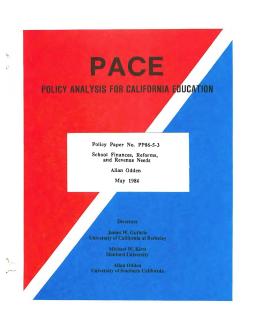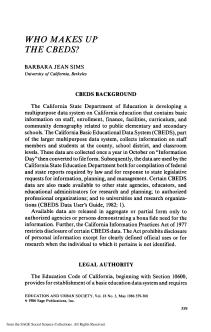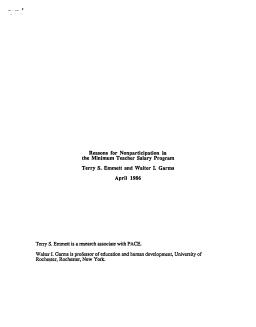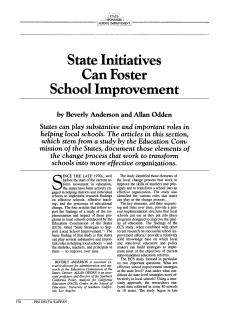Summary
Summary
Summary
Summary
Summary
Summary
Summary
Summary
Summary
Summary
Summary
California aims to improve K-12 education by enhancing teacher recruitment and preparation, regulation, and professionalization. Proposed changes include establishing a California Teacher Standards Board, eliminating the emergency credential, and improving the Mentor Teacher Program. Balancing costs and practical progress toward healthier working conditions is a challenge, but a fully professionalized teaching force is key to future student success and California's position in the world.
Summary
This paper argues that the components of educational provisions which satisfy private demands, mythology aside, almost invariably win out over the public goods components. If true, this leads, on the one hand, to a diminished supply of social benefits, and, on the other, to a stifling of social mobility. Insofar as these arguments are correct, they also may apply in most countries of the world, whether capitalist or socialist.
